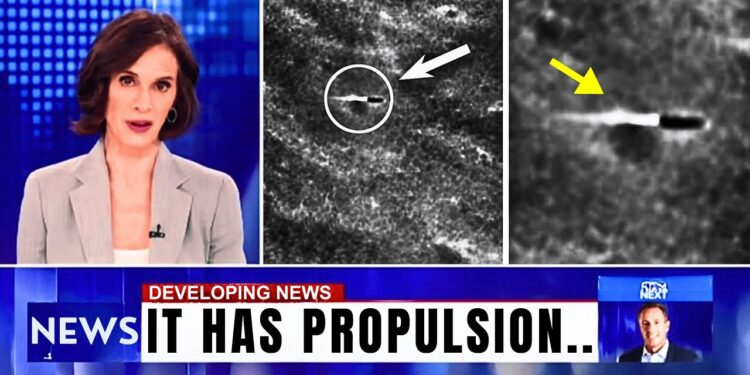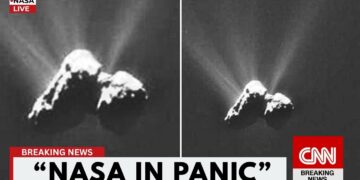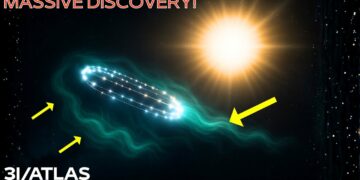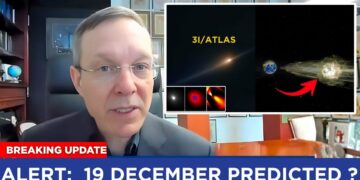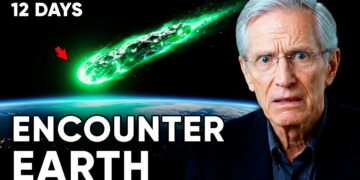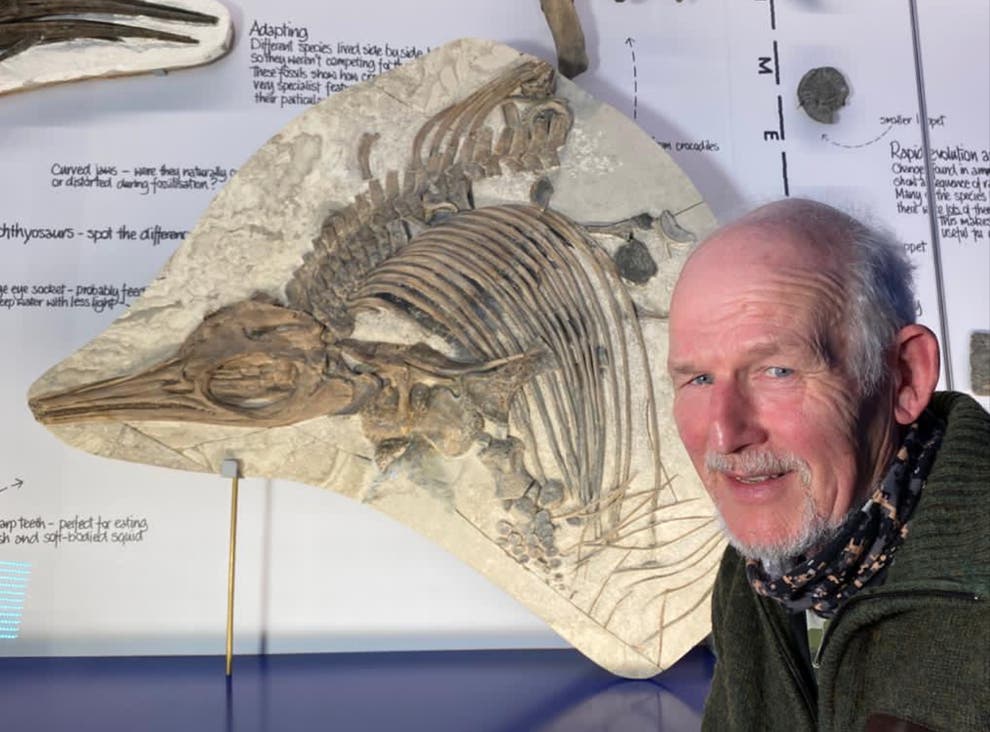On July 1, 2025, astronomers detected an extraordinary object, 3II/Atlas, the third confirmed interstellar visitor to our solar system. Moving at nearly 60 km/s, this 3-to-7-meter-wide cosmic giant defies the rules of comet motion. Its orbit, with an eccentricity over 6, traces an almost straight path through the solar system, far surpassing the speed of previous interstellar objects. Unlike typical comets, such as Halley’s, which spans about 7 miles, 3II/Atlas is massive, with a nucleus estimated to weigh billions of tons. Yet, its trajectory is shifting in ways that gravity, solar radiation, and even powerful gas jets cannot fully explain, challenging decades of established comet science.
Typically, comets are nudged off course by outgassing—jets of gas released as sunlight vaporizes their icy surfaces. These jets, like tiny thrusters, can alter a comet’s path, as seen with comet 67P during the Rosetta mission, where gas plumes shifted its trajectory and rotation. For 3II/Atlas, however, the math doesn’t add up. Its coma, a glowing chemical halo, reveals an unprecedented 8:1 carbon dioxide-to-water ratio, with 129 kg/s of CO2 and only 6.6 kg/s of water vapor. Spectroscopy also detects nickel emissions without iron, a cosmic anomaly, suggesting exotic processes at work. Despite this activity, the outgassing lacks the force to account for the observed orbital deviation in such a massive object.
This isn’t the first time an interstellar object has puzzled scientists. In 2017, ‘Oumuamua, a 400-meter-long visitor, exhibited a slight, unexplained acceleration without visible jets or coma. Now, 3II/Atlas, far larger and more active, echoes this anomaly. Its residuals—the gaps between predicted and actual positions—persist across global observatories, from Mount Aaya to La Silla. No combination of gravity, solar pressure, or gas jets closes the gap. Even dust loss, measured at 6 to 60 kg/s, falls short. Theories like fragmentation or a low-density structure don’t hold up, and speculative ideas, such as a lightweight solar sail-like mechanism, remain unproven.
The implications are profound. If 3II/Atlas can defy our models, what else might we miss? The upcoming Vera C. Rubin Observatory’s survey could detect dozens of interstellar objects annually, each a potential clue to distant star systems. These visitors carry the chemistry and history of other worlds, but their unpredictable behavior suggests our understanding of the cosmos is incomplete. As we brace for more discoveries, 3II/Atlas challenges us to rethink the rules governing our cosmic backyard. What invisible force is at play, and what does it mean for our place in the universe? Stay tuned as science races to catch up with these celestial rule-breakers.

